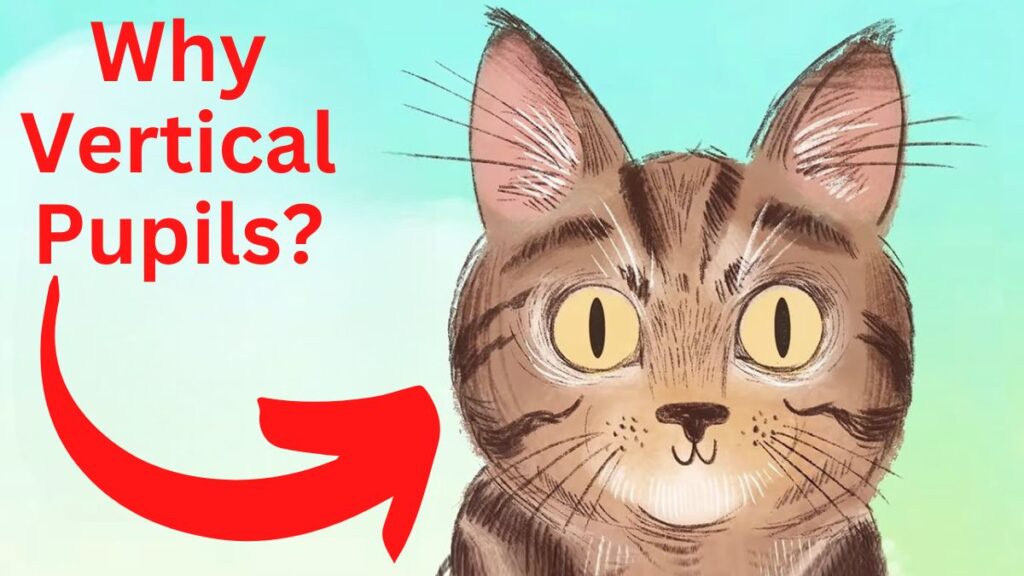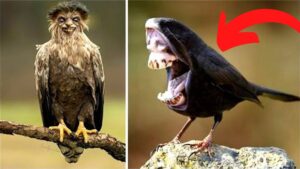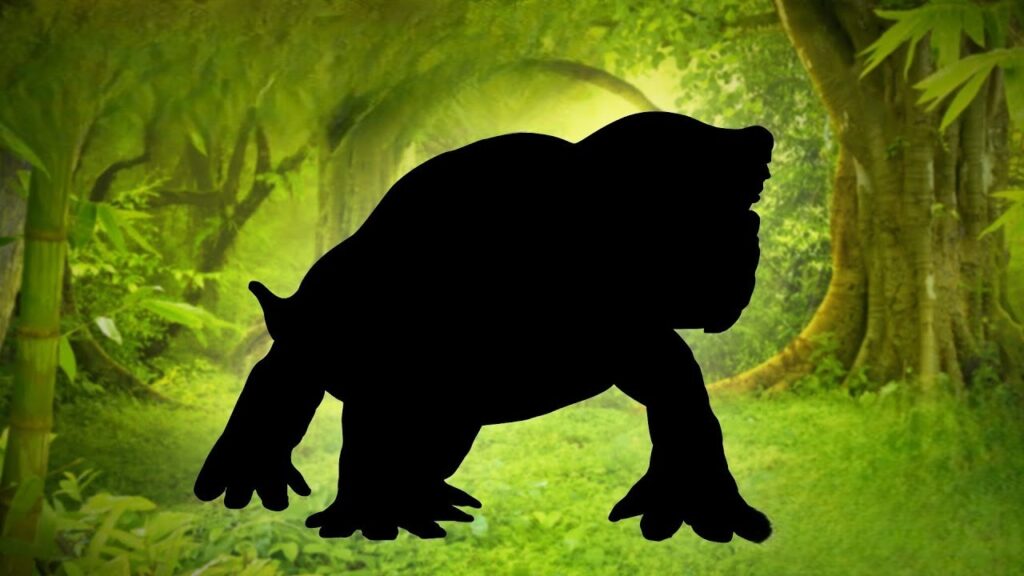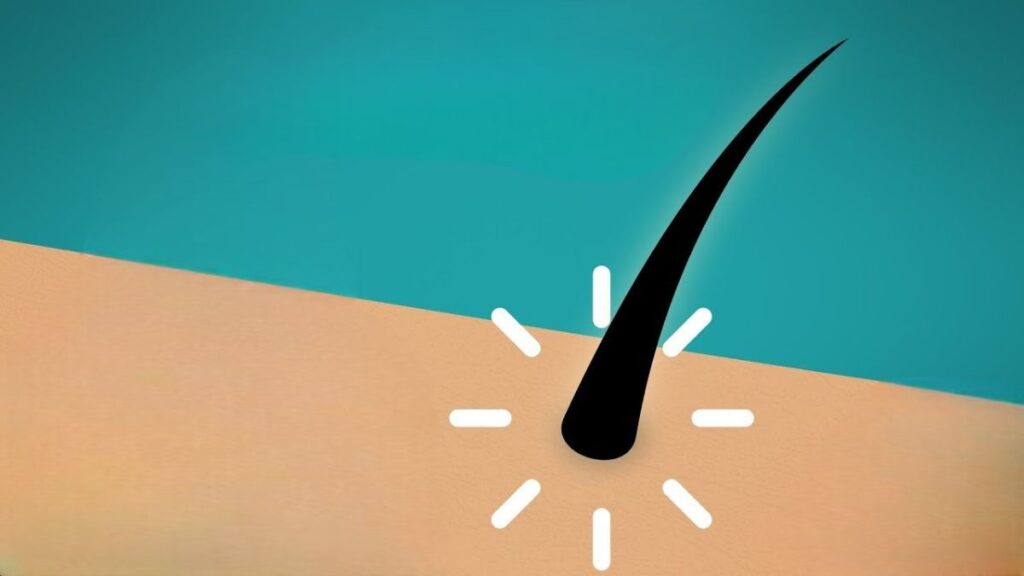
According to a report in Science Advances, an examination of 214 types of land animals indicates that the animal’s ecological niche is a significant determinant of their pupil shape.
For instance, vertical slit pupils are more prevalent among predators that are active during the day and night and may also provide information on whether they are a hunter or prey.
In contrast, herbivorous animals with eyes located on the sides of their heads are highly likely to have horizontally elongated pupils.
Circular pupils are associated with active foragers who chase after their prey. Researchers, led by UC Berkeley optometry professor Martin Banks in collaboration with Durham University in the United Kingdom, introduced a new hypothesis to explain why grazing prey animals like sheep, deer, and horses commonly have horizontally elongated pupils. They utilized computer models to study how various pupil shapes affect vision.
Why not diagonal slits?
Due to its dynamic range, slit pupils allow species such as domestic cats to see in low light without being blinded by the noon sun, according to Banks. However, Banks admitted that the concept failed to explain why the slits are oriented vertically or horizontally, and why diagonal slits are not observed. This is the first research to attempt to explain the importance of slit orientation.
The researchers discovered that horizontally expanded pupils increased the effective field of view. When pupils are extended horizontally and aligned with the ground, more light penetrates from the front, rear, and sides. The quantity of bright light from the sun overhead is reduced, letting the animal to view the ground more clearly.
According to Christopher Dutton, an adjunct professor at the University of Guelph’s Ontario Veterinary College, slit-like pupils originated separately in numerous vertebrate species.
We can find these Pupil Types in common animals around us.
Slit-shaped pupils are common among various animals, both vertical and horizontal. For instance, vertical pupils can be found in dogs, cats, vipers, geckos, crocodiles, and some birds, while goats, sheep, deer, horses, frogs, and toads have horizontal pupils.
One advantage of these pupils is that they allow for more dramatic contraction and expansion of the iris, making them beneficial for nocturnal species with low-light vision and protecting their eyes from daylight’s bright light.
Another advantage of slit-shaped pupils is their compatibility with multi-focal lenses that have evolved to enable animals to see color at night, which is especially useful for animals seeking brightly colored fruit in the dark.
The orientation of pupils in animals plays an important role in their survival. The horizontal pupils, found in grazing prey animals such as goats, sheep, deer, and horses, help the animal to see panoramically on the ground with minimal blind spots and limit the amount of dazzling light from the sun. The pupils are aligned with the ground, allowing more light from the front, back, and sides. This alignment also works well with lenses that have evolved multifocal structures, enabling animals to see colors at night, which can be useful in finding brightly colored fruit.
However, when grazing animals drop their heads to eat, the direction of pupils presents an issue. The pupils would become more vertical in this instance, and the horizontal alignment with the ground would be lost.
Professor Martin Banks spent hours at the Oakland Zoo observing how grazing prey animals maintain the horizontal alignment of their pupils with the ground. He discovered that the animals’ eyes rotated for maintaining the horizontal pupils.
Also Professor Gordon Love, the study’s co-author, discovered the similar trend in sheep and horses on neighboring farms. The eyes of grazing animals may spin by 50 degrees or more in each eye, which is 10 times larger than the rotation of human eyes.
Predator uses these cues for gauge distance
For ambush predators with vertical-slit pupils, the scientists noted the importance of accurately gauging the distance animals would need to pounce on their prey.
They identified three cues generally used to gauge distance:
- stereopsis, or binocular disparity
- motion parallax
- blur
Stereopsis involves two cues for depth perception: motion parallax and blur. In motion parallax, objects closer to us appear to move faster across our field of vision.
Binocular disparity and blur, together with front-facing eyes and vertically enlarged pupils, work together to create depth perception. Motion parallax was ruled out by the researchers since it would involve head movement, which may reveal the predator’s position.
The researchers discovered that depth-of-field signals based on blur are more efficient for estimating distances in small animals than tall ones.
Researcher’s Final Note
“We continue to discover the remarkable capabilities of the eye and vision”, said Love.
This study is another important piece in our understanding of how eyes function.” The authors pointed out that their study was limited to terrestrial species and they intend to explore the relationship between eye position, pupil shape, and different lifestyles, such as aquatic, aerial, and arboreal, in future research.
Co-authors such as Jurgen Schmoll and Jared Parnell from Durham University also contributed to this research.
While vertical pupils are common among ambush predators, they are not uniformly distributed.
Binocular vision is better at assessing differences when contours are vertical and objects are far away, but blur is present when contours are horizontal and targets are close. Vertical-slit pupils take use of both signals.
“An unexpected finding from this study was that slit pupils were associated with predators that were near to the ground. Domestic cats have vertical slits, but larger cats, such as tigers and lions, have not. “Their pupils are spherical, like people and dogs,” stated study co-author and postdoctoral researcher in Banks’ lab Dr. William Sprague from the University of California, Berkeley.
44 of the 65 frontal-eyed, ambush predators in this study had vertical pupils, and 82% had shoulder heights smaller than 16.5 inches (42 cm). Vertical pupils appear to improve tiny animals’ ability to assess prey distances.
This present study relies on the work of the late Gordon Walls, a UC Berkeley optometry professor who wrote The Vertebrate Eye and Its Adaptive Radiation in 1942. The classic treatise on eye physiology advanced the widely known premise that slit-shaped pupils allow for diverse musculature and a wider range of light entering the eye.
Domestic cats’ and geckos’ vertical slits, for example, alter in area 135- and 300-fold between constricted and dilated states, respectively, but humans’ circular pupils change just 15-fold.
The National Institutes of Health and the Engineering and Physical Sciences Research Council both contributed to this study.


![Moon Jellyfish has [ Hidden Secrets ] You don't know moon jellyfish](https://spaceupper.com/wp-content/uploads/2022/11/1-1-300x169.jpg)








